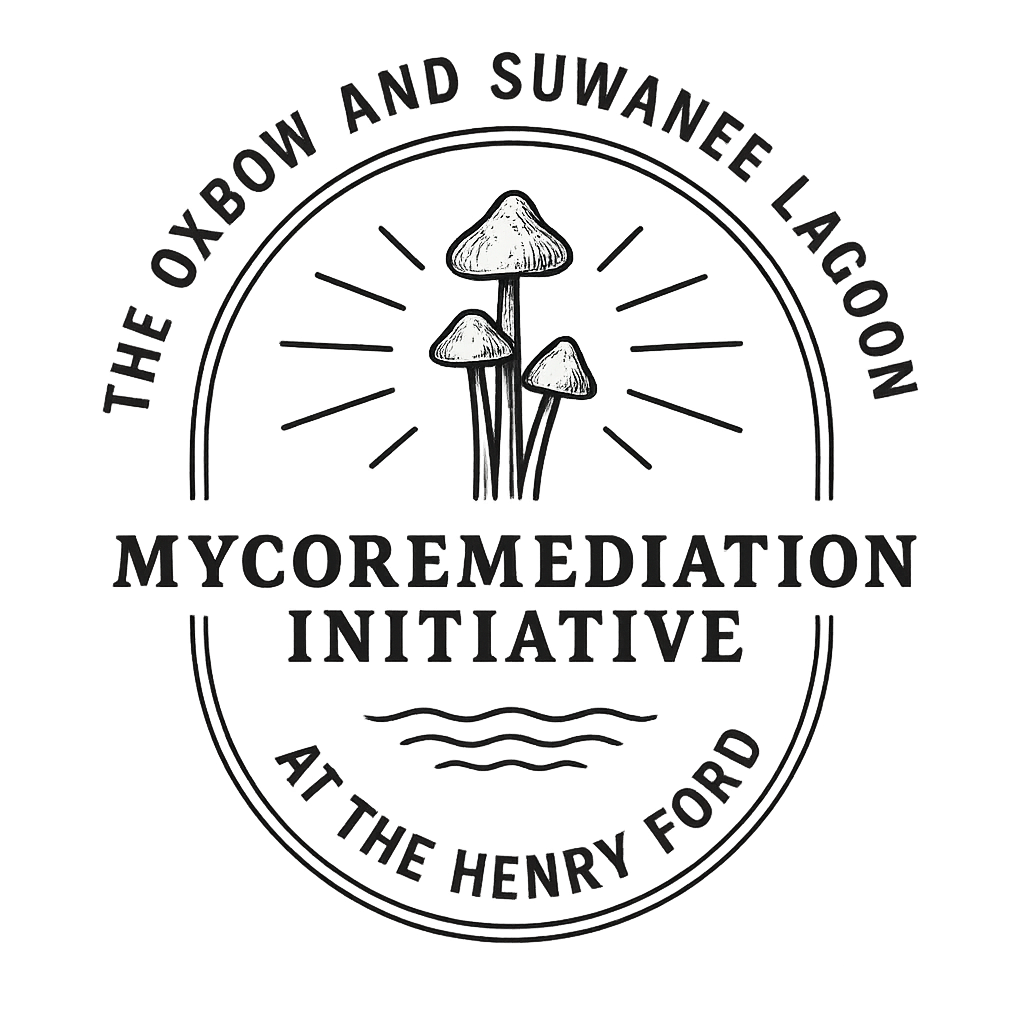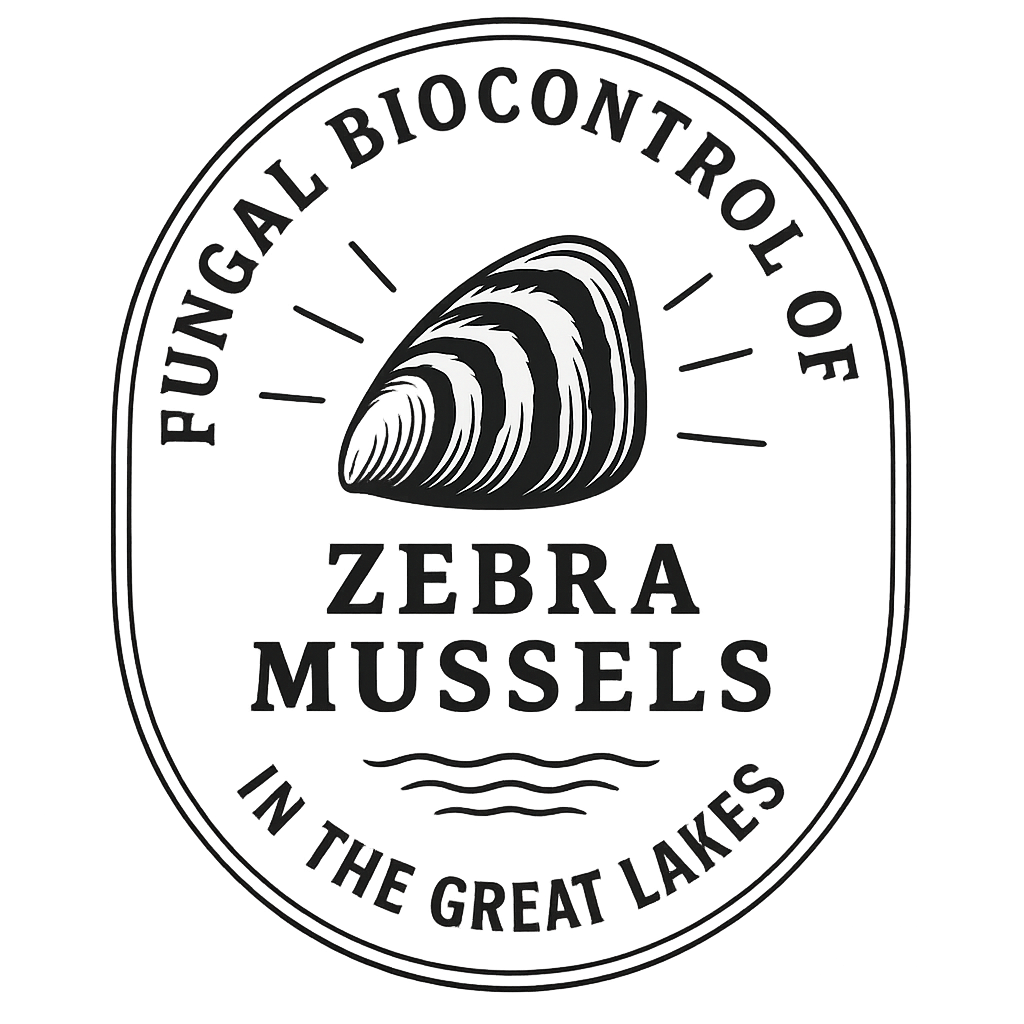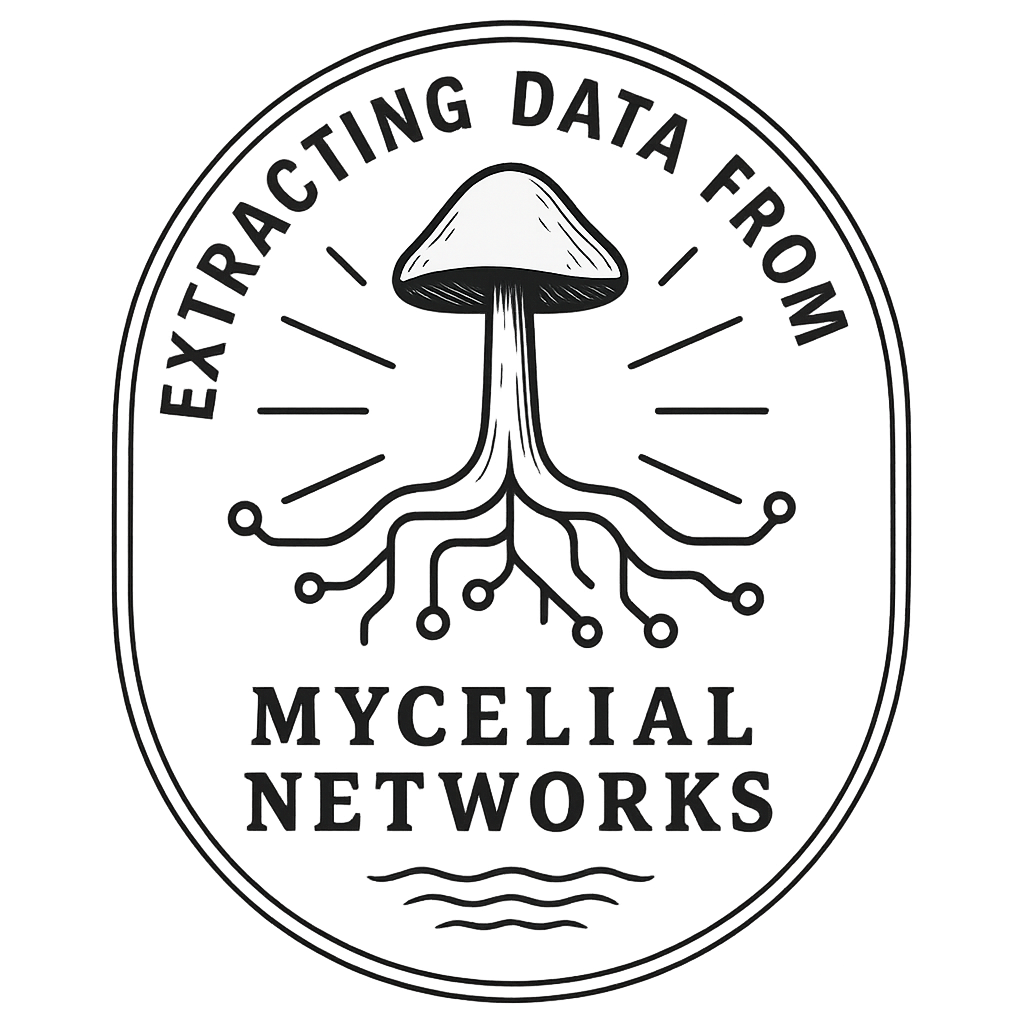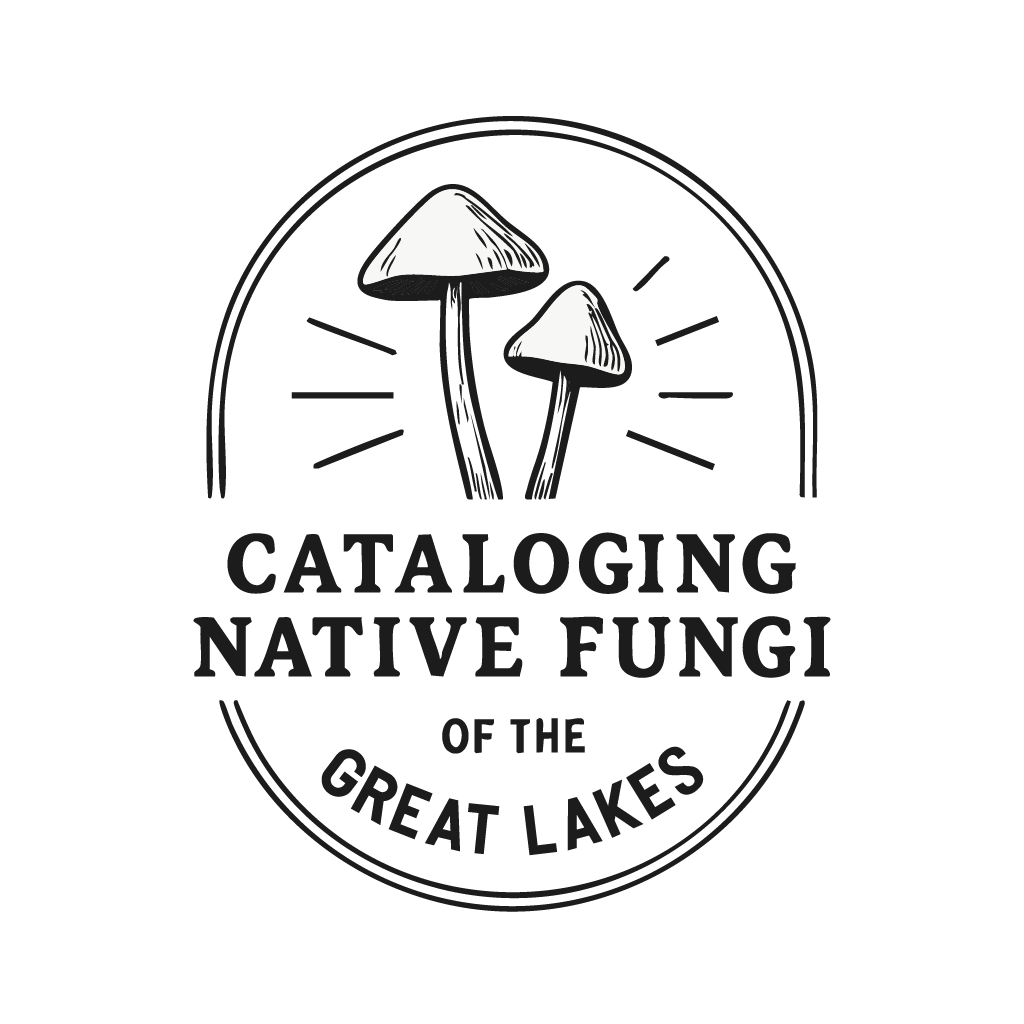Get Research Updates

We’re beginning to log the mushrooms we’ve found on iNaturalist – this is a really great way to get a birdseye view of what we’ve found and where. We’ve got a ton of finds that we still need to add on there, so follow the project on there to get updates as we add them! Click Here to see our project on iNaturalist…



Our Current Projects

Watershed Revival
We’re working on a groundbreaking research project in partnership with The Henry Ford at Greenfield Village to develop sustainable, scalable water restoration methods using native fungi. Our long term vision is to use these methods to restore the Rouge River Watershed, and ultimately, find ways to clean and preserve the Great Lakes. This project is made possible by The Americana Foundation.

Reviving Whitefish
We’re developing fungi-based biocontrols to protect Great Lakes ecosystems from invasive zebra mussels, which have severely depleted the whitefish population, with a ripple effect impacting food, fishing and business. We’re working on precision-targeted solutions that disrupt invasives without harming native life, helping restore balance and enable the return of whitefish populations across the region.

Fungal archeology
Mycelial networks store ecological memory from nutrient flows to environmental stress in their living structures. Electrical signals travel through the mycelium, guiding communication and nutrient exchange between plants and trees. We’re developing methods to access that stored data to better understand ecosystem history and unlock fungi’s role in restoration.

Cataloging Kingdom Fungi
There are around 14,000 identified species of mushrooms, and an estimated 3-4 million in existence. We’re building a living archive of native fungi through deep fieldwork, community science, and preservation. These species hold vital ecological memory, and we’re working to document, protect, and share them as tools for climate resilience, medicine, and regenerative futures.

